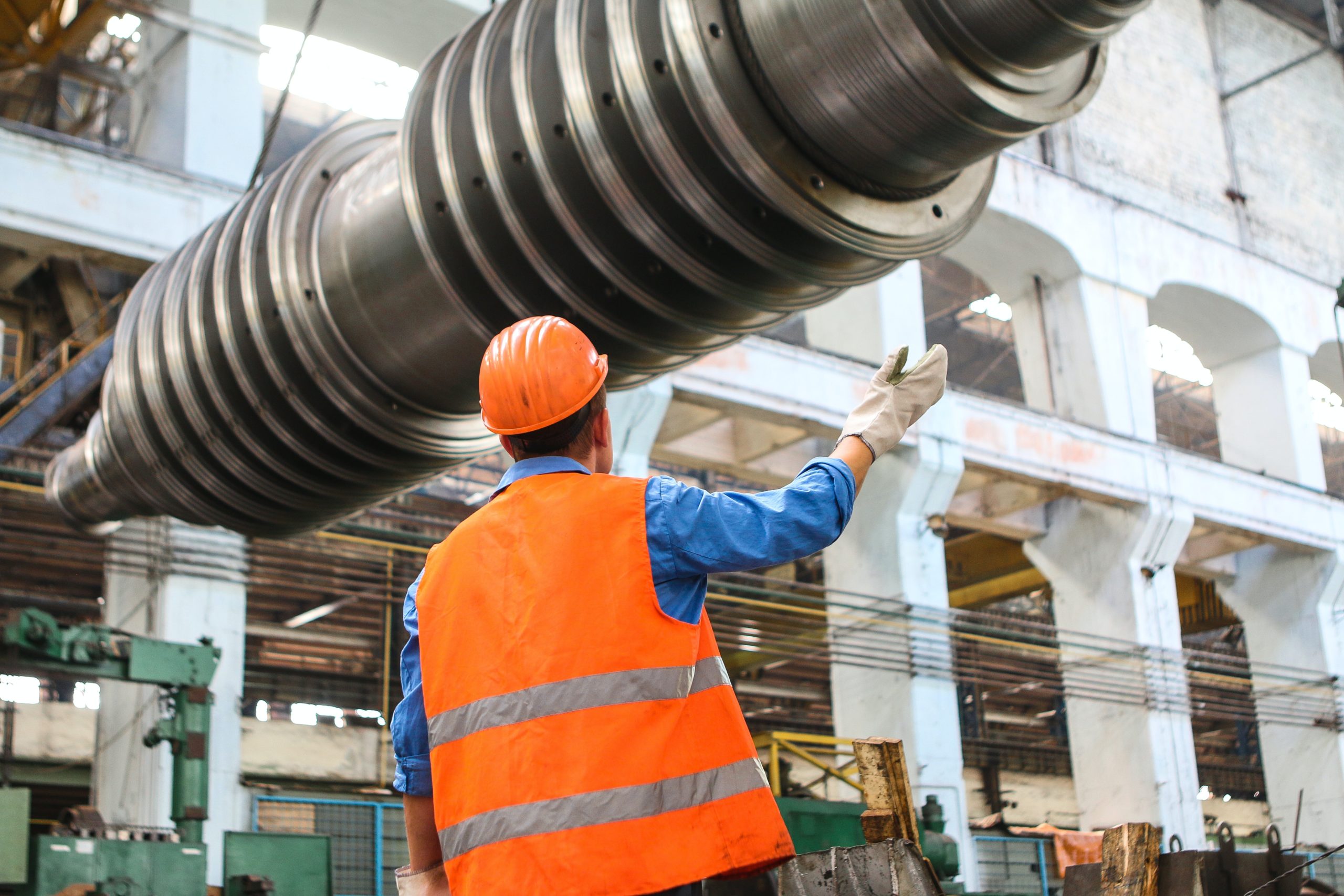
Pipe-fitting jobs can be lucrative and rewarding. However, if you’re on the hunt for a pipe-fitting gig, know the risks involved. Injuries and accidents are possible but avoidable with the right insight. We advise you to look out for the top seven hazards in the pipe-fitting profession.
1. Know Your Materials
In this industry, workers are always at risk for hazardous materials exposure. While this ultimately depends on the job, pipefitters may be called to handle:
-
- Refrigerants
- Oxidizers
- Flammable Products
- Hazardous Materials
Any of these can put a pipefitter at risk — an accident that triggers flames can cause burns and smoke inhalation. Chemical fumes can also do respiratory damage or cause skin injury.
2. Use PPE
PPE, or Personal Protective Equipment, is intended to keep a pipefitter safe throughout the job at hand. We recommend the following PPE when necessary:
-
- Masks/Face Shields
- Safety Goggles
- Gloves
- Protective Skin Covering (Long-sleeves, coat, etc.)
It’s also crucial to ensure all PPE is well-fitted and perfectly intact. A breach in your goggles or a rip in your gloves can mean disaster before you see it coming.
3. Machinery Know-How
When you’re on a site, you may need to operate some serious equipment. When assembling and installing, a pipefitter frequently needs to saw, torch, or otherwise manipulate the pipes. Be very cautious to prevent burns, cuts, crush injuries, or even severed limbs.
4. Prevent Slips and Trips
Whether you’re down on the ground or on a ladder thirty feet in the air, stability is important to prevent slips and trips. It’s common for pipefitters to work in cramped, dark or damp places. These environments will drastically increase the risks of slipping and tripping.
5. Avoid Falls
While in tight spaces or at great heights, the risk of falling also multiplies. Pipefitters often make use of platforms, webbing, or harnesses, but falling from a great height at a great speed is simply deadly. Know the risks and prepare accordingly. For example, prepare extra slack in your rope or ask for a spotter if needed.
6. Proper Heavy Lifting
Large loads combined with precarious positions can mean large bodily injuries. Lots of pipefitters are prepared for smaller wounds like cuts and scrapes, but they may overlook strains, sprains, and ligament tears. If you’re not abiding by safety standards, you can damage your body permanently.
7. Airborne Safety
Pipes need to be manipulated with a saw or a torch, which means tiny airborne particles. If you’re working with metal pipes, this becomes more dangerous. Without protective eye gear, those sharp metal fragments can cause permanent eye damage. Have goggles or safety glasses handy to prevent unforeseen injury.

